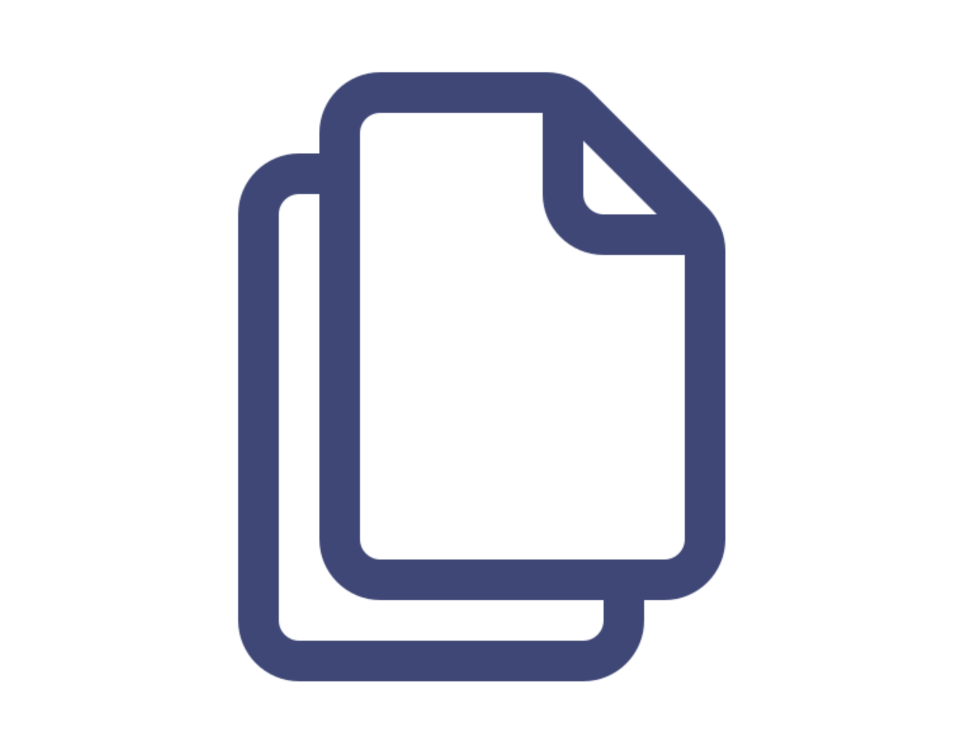Mesure Similarities: Spot Copy-Paste Effectively with Compilatio software
Erkennen Sie alle Arten von Ähnlichkeiten und identifizieren Sie Plagiatsfälle effektiv
Do you know the difference between similarities and plagiarism?
Similarities represent the matches between passages of a text under analysis and those from another source (thesis, dissertation, book, encyclopedia, website, etc.).
Interpreting the percentage of similarities in a text helps determine whether it presents a risk of plagiarism.
Discover how Compilatio detects similarities and explore the different types: monolingual, cross-lingual, and reworded.












